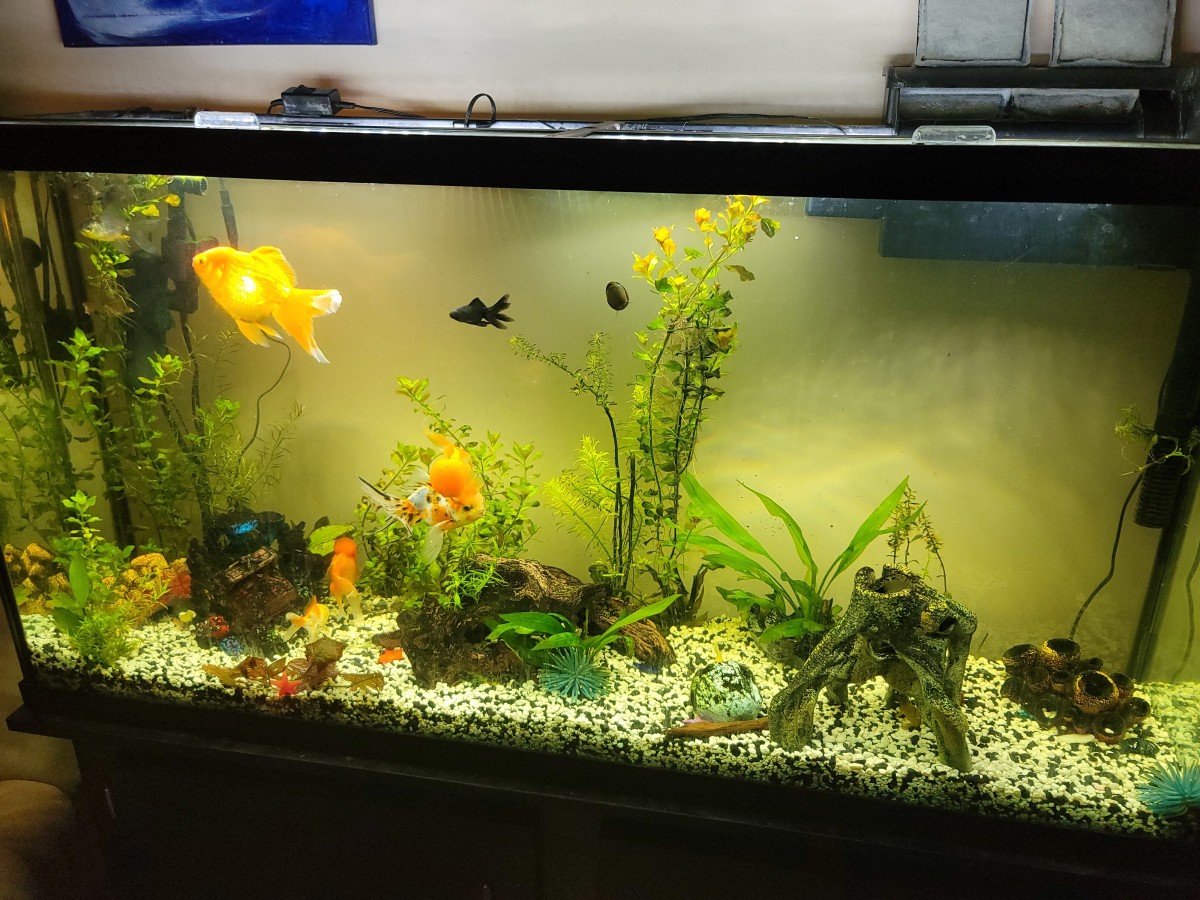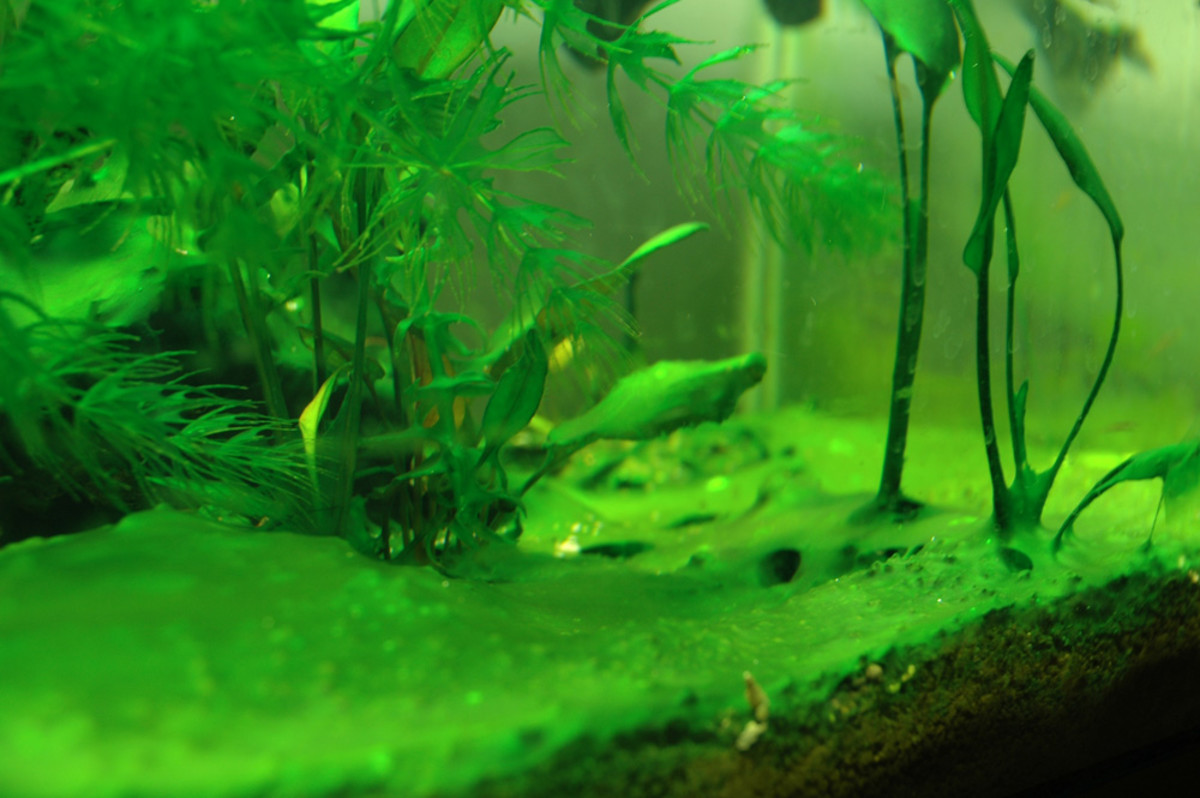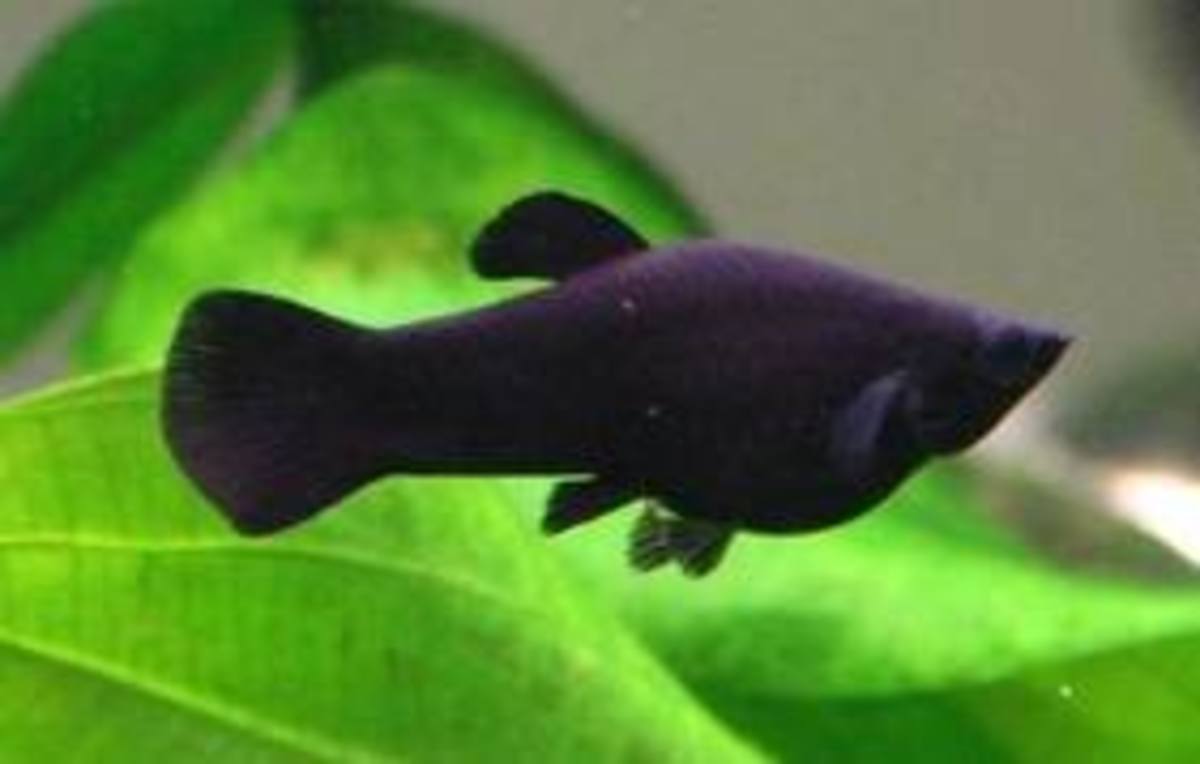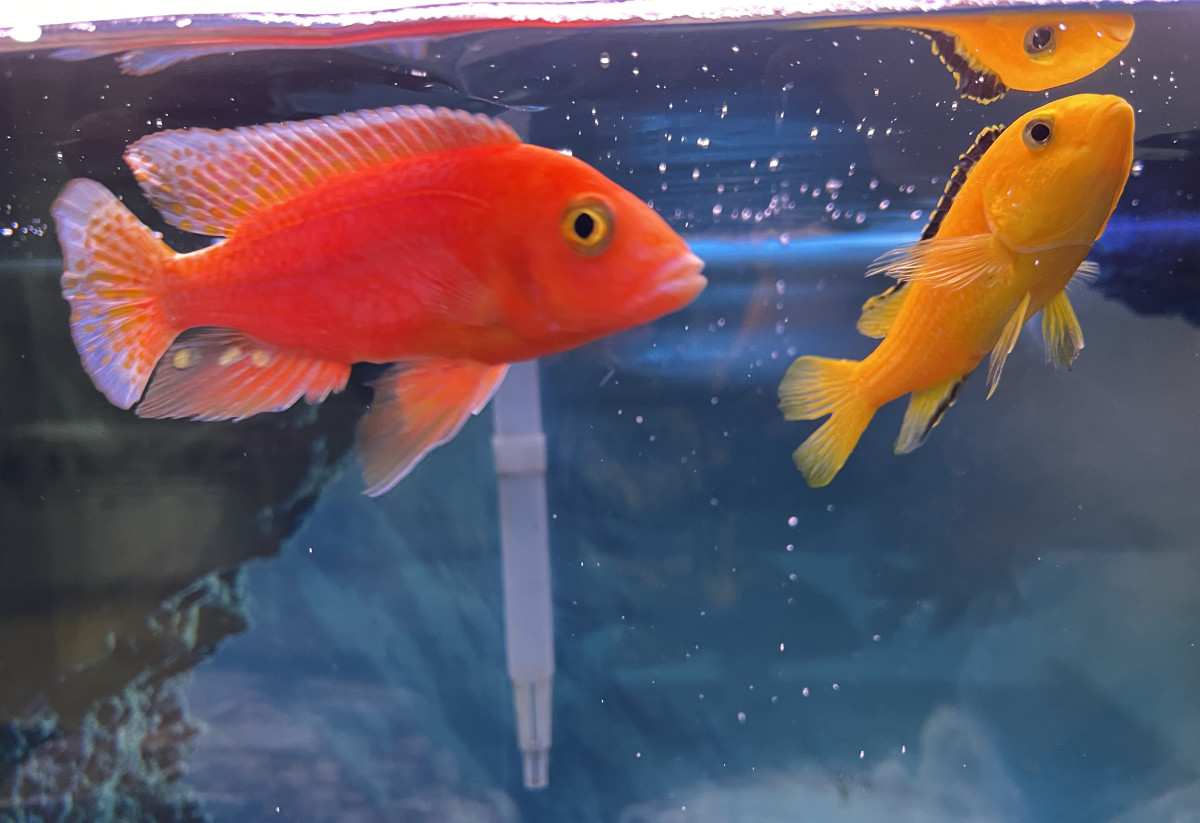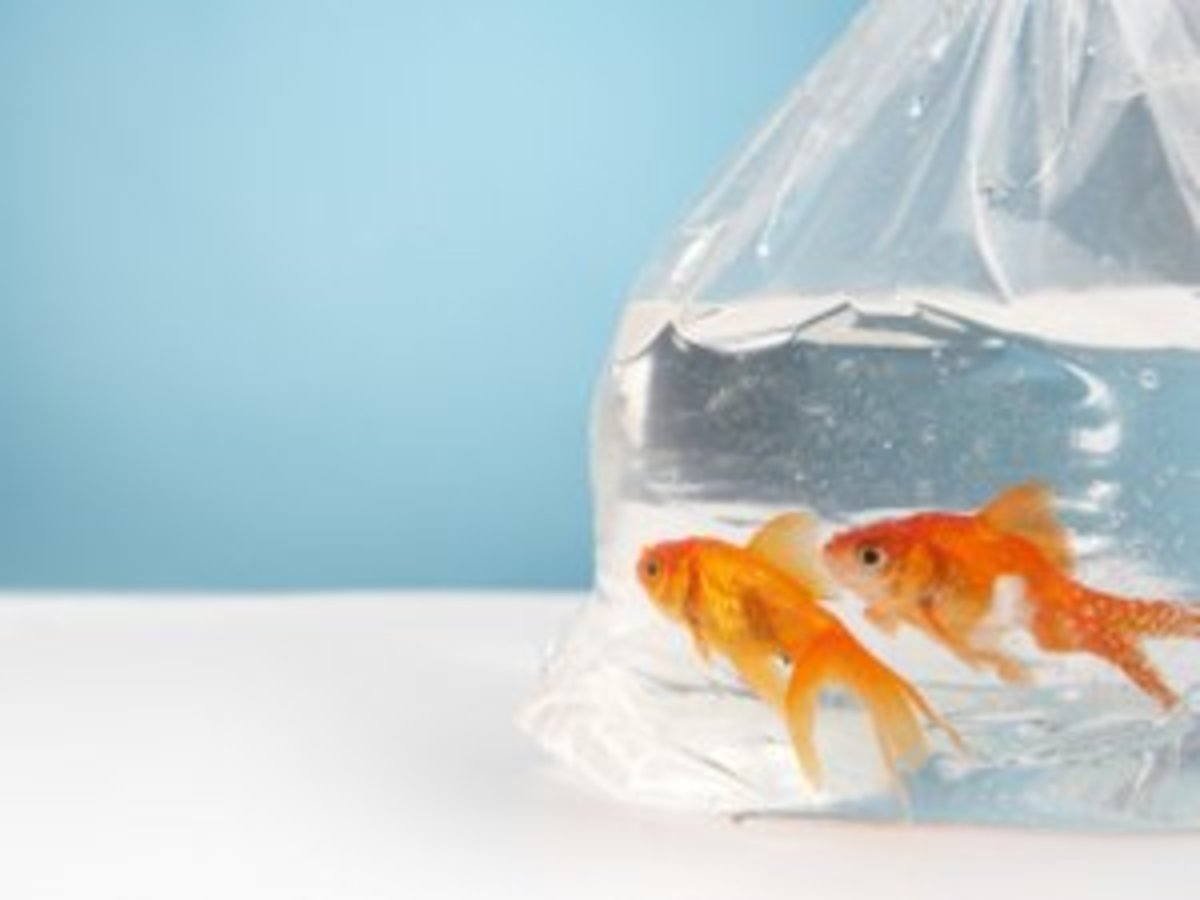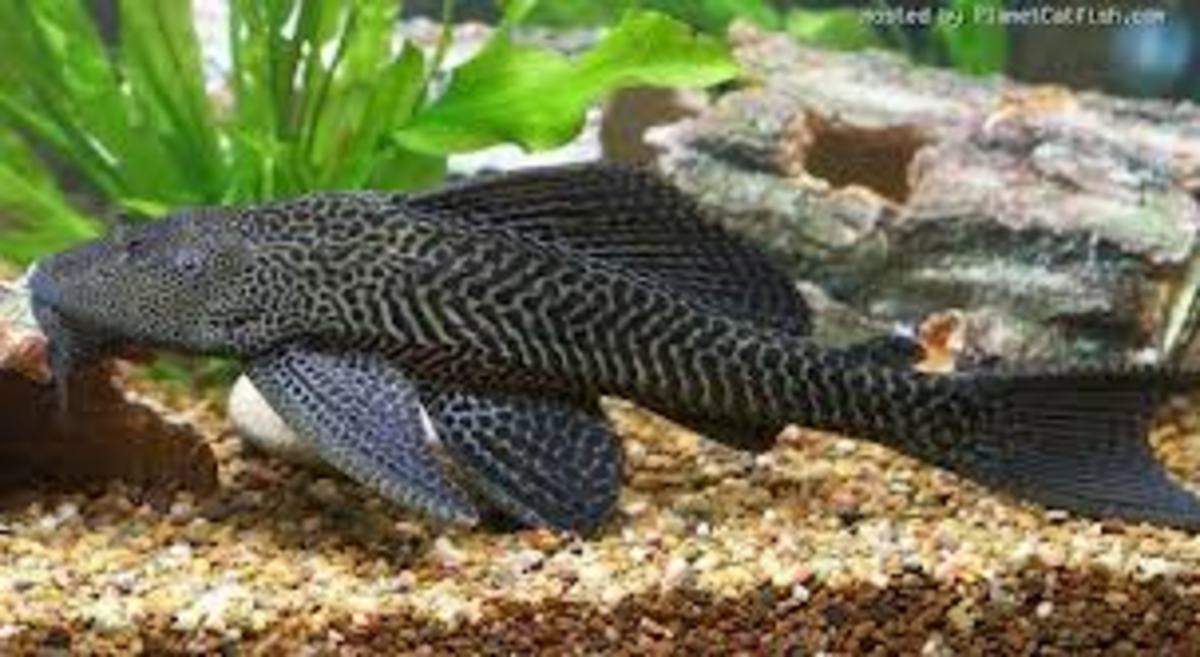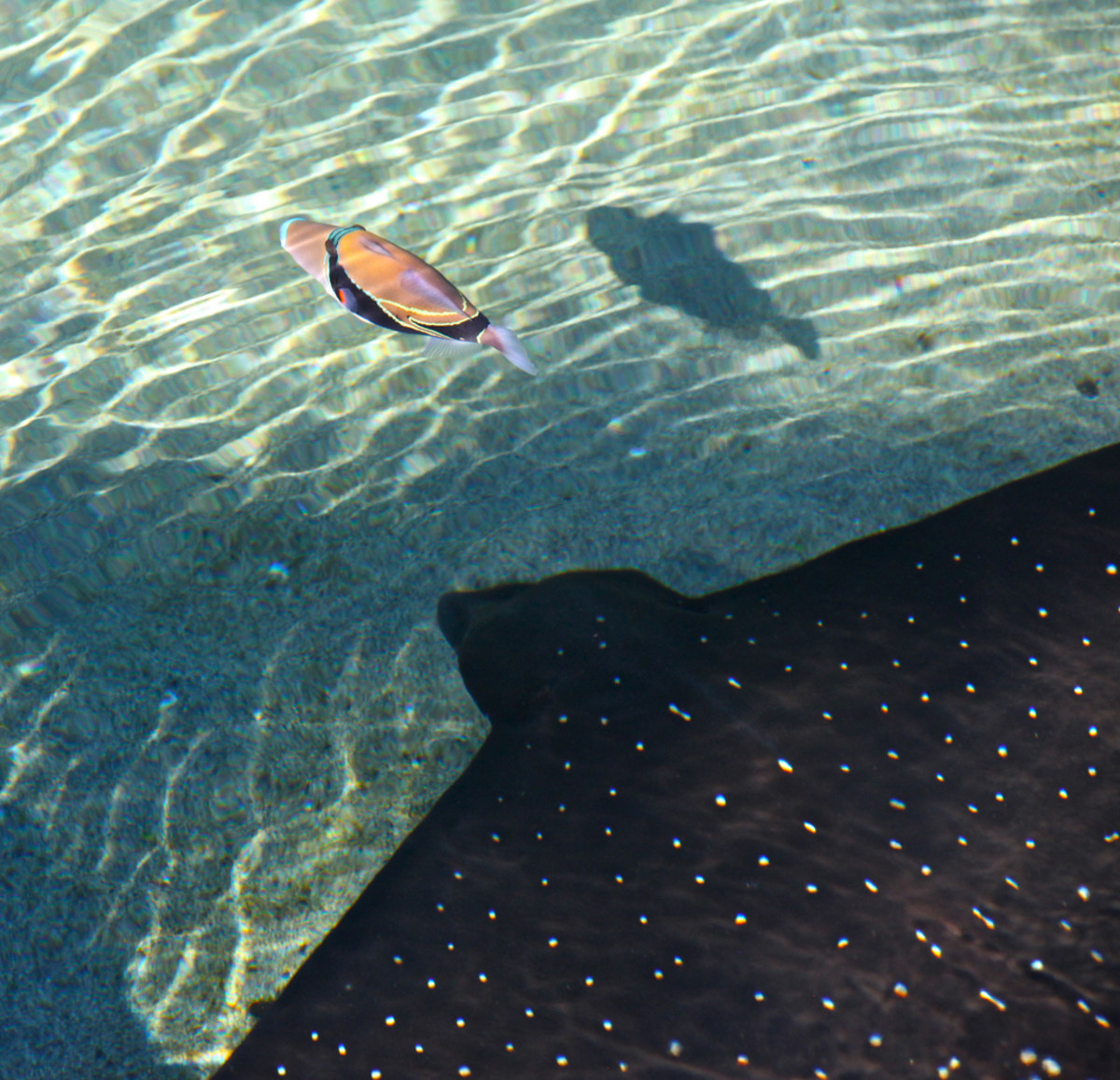How To Set Up an Aquarium The Right Way
You Can Enjoy Watching Beautiful Fish Like This at Home
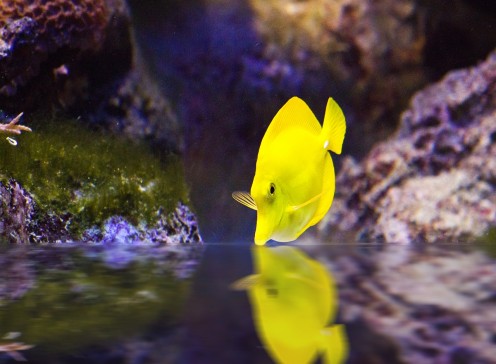
Aquarium Set Up Tips
Setting up a new fresh water aquarium properly is just as important as maintaining your aquarium afterwards on a weekly basis.
Before you set up a freshwater or saltwater aquarium you must first consider a couple of important factors.
The placement of the aquarium is extremely important. Try at all costs to place the aquarium in a location that will be out of direct sunlight.
Direct sunlight will increase the amount of algae in an aquarium very quickly. Direct sunlight on your aquarium will also heat up the tank drastically. Fluctuations in tank temperature can kill all the fish in the aquarium. You don’t want any of these things to happen otherwise what's the point of being in the fish tank hobby.
Next thing to consider is if the aquarium is sitting by a heating or cooling vent. Having hot air or cold air blowing on the tank or in close proximity will cause problems for your fish because of the fluctuations of temperature. Most fish require a fairly constant temperature. Although you can select hardy fish for your aquarium if the location of the tank is not going to be placed in an ideal location.
Keep the aquarium away from high traffic areas. You don’t want someone to hit the tank and possibly crack it or worse knock it over.
You also don’t want people walking by the fish scaring them all the time, if that happens you won’t have a nice tank to view because the fish will always be hiding and they won’t live very long if they are in a state of shock.
Equipment Needed for an Aquarium
If you haven’t purchased an aquarium yet.
This is a good time to consider how many fish you want to have in an aquarium. You must do some research on fish that you are interested in keeping to see which ones are compatible with one another and how many you can have in the size of aquarium you are purchasing.
I would recommend an inch of fish per gallon of water for the first year. After that based on your last years history of the aquarium and how the system performed and the size of your filtration system you can assess if you can add fish or maybe even need to take fish out of your tank. Maybe buy a larger tank.
Here is a great time to mention this next tip; When buying an aquarium make sure to buy as large of a tank as you can afford.
The larger the aquarium the more forgiving it will be if something ever goes wrong with the water. Believe it or not larger aquariums are actually easier to clean than smaller ones.
Items you will need to set up your aquarium properly are an aquarium with a light fixture and a bulb for the fixture.
A filter that will handle the size of tank you purchased. I recommend buying an aquarium filter that has the size of your aquarium in the bottom range of its gallons per hour.
So if your tank is 40 gallons and you find a filter that filters 30 to 75 gallons per hour this one would be your choice. If you bought one that was for 15 to 45 gallons it might not filter your water as good as you want it to, depending of course on how many fish you have and how much obstruction there is for water flow to the filter tube.
The more fish you have the bigger filter you want. If your aquarium is a few feet long you might want to have a power head to help the flow of water get to your filter. You also need a heater for your size of tank. Submersible heaters are nice because they don't interfere with your lid and light.
You need some sort of substrate for your fish to swim around and inside of, maybe even to hide in if need be. Always have somewhere your fish can retreat to so they feel safe and happy. You will need some sort of aquarium gravel to just cover the bottom and some other structures and rocks that are aquarium safe. That is enough to get you started.
Setting up Your Aquarium
Now that you have your aquarium and all of the other necessary components required you can now begin the set up process.
Rinse out and then place your gravel or other type of substrate into the aquarium first spreading it around to cover the bottom of the tank. You don’t need a very thick layer of gravel unless you plan on having other structures that will need the gravel as support. I recommend you use as little bottom cover as possible as this is the location that excess foods and wastes can collect increasing the toxicity of the water which in turn will potentially harm your fish.
After the gravel is in you can start pouring in de-chlorinated water. If you don’t have de-chlorinated water you can buy a bottle of liquid form water de-chlorinator to add to water. You can also use reverse osmosis water that comes in the large water bottles.
Fill your tank up about 75% of the way of you are putting in aquarium ornaments. If so place your ornaments in place once you have the tank 75% full.
If you are going to use a power head place that in now as well. After doing that you can fill up the rest of the aquarium. For your filter I am assuming you purchased a power filter that hangs on the outside of the tank.
Power filters are great for the beginner because of ease of use and maintenance. Power filters from companies like Hagen are great because the activated carbon and foam inserts provide biological, mechanical and chemical filtration and you don’t need anything else for a fresh water aquarium.
Place the activated carbon and foam inserts in the basket of your aquarium filter. The foam insert typically goes on the bottom with the charcoal or carbon laying on top. Now you can place your filter on the backside of your aquarium at the opposite end of the aquarium from your power head.
Fill the filter with water to prime it before you plug in. Once you do that you can plug it in so it can start filtering the newly added water.
Turn your power head on as well directing its flow towards the area of your filter. You might end up pointing the power head in a different direction after having the aquarium set up for a while. If you haven’t done so yet install the aquarium bulb(s) in the canopy. Place the light canopy on top of the aquarium.
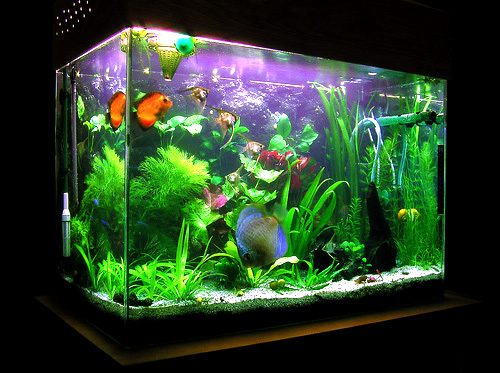
What to Do After You Finish Setting Up Your Aquarium
Now you sit and wait. Let your aquarium run without any fish for approximately 1 to 2 weeks for Tropical (freshwater) tanks.
After that you should be able to introduce 1 or 2 fish. Don’t introduce all of the fish you plan on having all at once into the aquarium, you run the risk of over loading your filter and the biological balance in the tank causing problems even death for your new fish.
Take your time and introduce the fish over a longer period of time and your tank will be healthy for it. One last tip is to never feed your fish more than they can eat in a minute’s time. It is better to feed the fish minute bits of food at a time to determine just how much they will eat at each feeding. The less food that settle's to the bottom of the tank means the less time you will spend cleaning the bottom of the tank.
If you feed them to much nitrates and other bad things will build up in your aquarium putting your fish at risk of killing them not to mention the algae it will cause.
Clean the inside of the glass in the tank once a week even if it doesn’t look like it needs it. You will be surprised that it probably did need a cleaning. By keeping ahead of the game you will save yourself a lot of headaches down the road.
An Instructional Video from Petsmart
© 2012 Grant Handford

